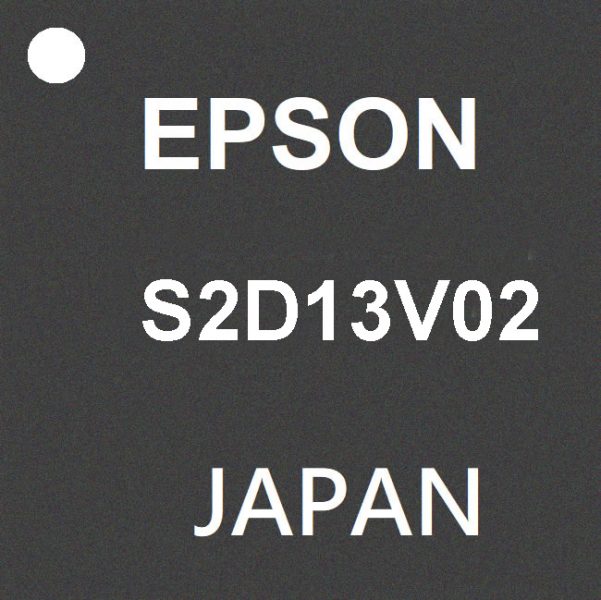Epson starts shipping its new S2D13V02 IC designed for in-vehicle display systems

Seiko Epson Corporation has developed and begun shipping samples of the S2D13V02, Epson’s first warning light monitoring IC for in-vehicle display systems. Epson plans to produce 100,000 of the new controllers per month.
The amount of information provided to drivers continues to grow along with the proliferation of vehicle functions, electronics, and automation. The size and resolution of in-vehicle displays are increasing accordingly.
Warning lights that were previously displayed using light emitting diodes (LEDs) are now often incorporated into liquid crystal displays due to dashboard space constraints. Meanwhile, to ensure functional safety, hazards need to be reduced in the event of display system warning light failures. Warning lights provide drivers with particularly important information and thus need to be correctly shown on LCDs.
The S2D13V02 monitors images streamed from the host (SoC2), and when a warning light irregularity is detected, it notifies the host and, if necessary, performs display processing for example, by overwriting the warning light image or displaying error messages. Even when warning lights are overlaid on images with changing backgrounds, such as on a map display, the IC can check the warning light in images and also detect visibility errors. The S2D13V02 supports the construction of highly reliable display systems with a full range of display safety functions. Not only does it satisfy the strict quality requirements of the automotive industry, but it is compliant with AEC-Q1003 and operates at temperatures up to 105°C.
Epson seeks to advance the frontiers of industry and drive a circular economy by applying the efficient, compact, and precision technologies that it has developed over many years to solve challenges. These technologies, which save energy, enable smaller products, and increase accuracy and precision, enable Epson to contribute to the Sustainable Development Goals (SDGs), which will bring about a better and more sustainable future for all.
Epson also seeks to leverage its device technologies to realize a smart society. Toward this end, the company will continue to develop a variety of controllers and drivers for in-vehicle display systems that require high resolution and safety functions and that enhance the performance of its customers’ products.
For more information, please visit http://www.epson-electronics.de.
News Categories
- » NEWS HOME
- » Automation & Robotics
- » Industry 4.0
- » Material Handling
- » Sensors
- » Quality & Testing
- » Machine Vision
- » Laser & Optics
- » Metalworking
- » Motion Control & Drives
- » Hydraulics & Pneumatics
- » Process Industry
- » Renewable Energy
- » Agriculture
- » Home & Office Furniture
- » Environmental Tech




